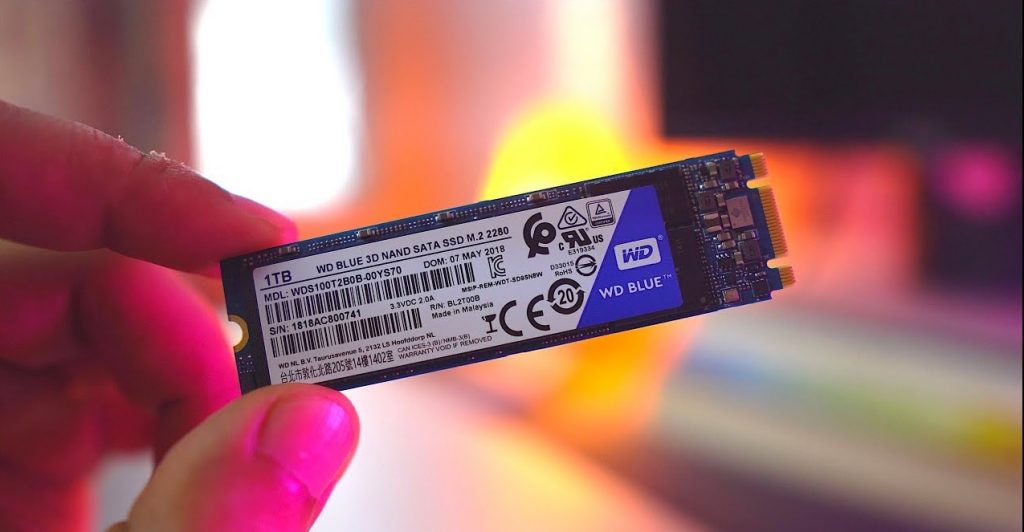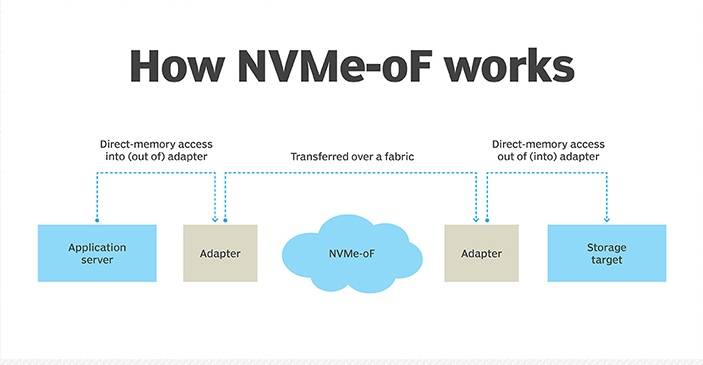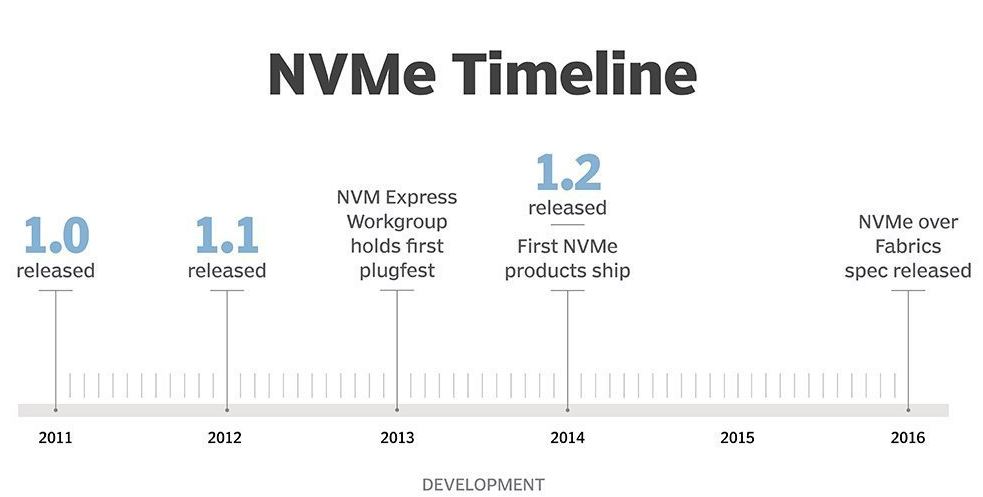What are NVMe Drives
The biggest upgrade you can make to your old PC is faster storage.
NVMEe stands for Non-Volatile Memory Express. It is the latest and greatest storage interface for laptops and desktops, and it offers much faster read and write speeds than older interfaces.

How NVMe works
The NVMe interface supports parallel I/O with multicore processors to facilitate high throughput and mitigate central processing unit (CPU) bottlenecks.
NVMe offers a more streamlined command set to process an I/O request than the SCSI and ATA command sets do. NVMe requires fewer than half the number of CPU instructions than the SCSI command set does with SAS devices and the ATA command set uses with SATA drives.

What are the benefits of the NVMe specification?
NVMe delivers faster access and consumes less power, thus reducing total cost of ownership (TCO) for enterprises and extending battery life for mobile clients. Compared with other interfaces designed for mechanical storage devices, NVMe reduces latency, and delivers higher Input/Output per Second (IOPS). NVMe also offers performance across multiple cores for quick access to critical data, scalability for current and future performance, and support for standard security protocols.
What businesses will benefit most from NVMe?
NVMe was designed for both enterprise and client applications needing acceleration in critical data. Data centers will benefit greatly, as NVMe eliminates bottlenecks and provides capabilities to meet very demanding and time-sensitive requirements of cloud, Internet portal data centers, and other high-performance computing environments. Aside from enterprises and data centers, NVMe offers vast potentials in gaming, entertainment, and next-generation automobile applications.
History of NVMe
The NVM Express (NVMe) specification was developed by more than 80 companies across the industry, and was released on March 1, 2011 by the NVMe Work Group. The NVMe 1.0c specification defines an optimized register interface, command set, and feature set for PCI Express solid-state drives.

The future of NVMe
As NVMe technology matures, costs decline, and storage performance requirements rise, enterprises will move toward flash-based storage systems that implement NVMe end-to-end and can support mixed workloads.You can build a more powerful system in a smaller footprint that uses less energy with the NVMe-based version.









